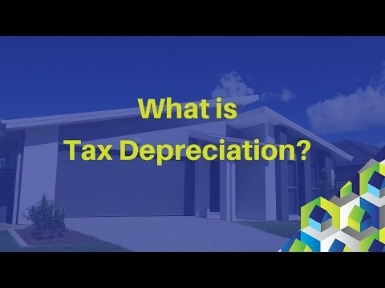What Is Opportunity Cost AP IB College
Content

Opportunity cost cannot always be fully quantified at the time when a decision is made. This is a particular concern when there is a high variability of return. To return to the first example, the foregone investment at 7% might have a high variability of return, and so might not generate the full 7% return over the life of the investment. Economic theory refutes the notion of “having it all” when resources are limited.
Thinking about foregone opportunities, the choices we didn’t make, can lead to regret. When a nation, organisation or individual can produce a product or service at a relatively lower opportunity cost compared to its competitors, it is said to have a comparative advantage. In other words, a country has comparative advantage if it gives up less of a resource to make the same number of products as the other country that has to give up more. Analyzing from the composition of costs, sunk costs can be either fixed costs or variable costs.
Opportunity Cost Example: Decreasing Opportunity Cost
This expense is to be ignored by the company in its future decisions and highlights that no additional investment should be made. Opportunity cost does not show up directly on a company’s financial statements. Economically speaking, though, opportunity costs are still very real. Yet because opportunity cost is a relatively abstract concept, many companies, executives, and investors fail to account for it in their everyday decision making. Assume the expected return on investment in the stock market is 12% over the next year, and your company expects the equipment update to generate a 10% return over the same period. The opportunity cost of choosing the equipment over the stock market is 2% (12% – 10%). In other words, by investing in the business, the company would forgo the opportunity to earn a higher return.
What Is the Time Value of Money & Why Does It Matter? – TheStreet
What Is the Time Value of Money & Why Does It Matter?.
Posted: Thu, 23 Feb 2023 00:53:35 GMT [source]
Also, keep in mind that economic profit is theoretical in nature because it accounts for opportunity costs, meaning the value of actions not taken. Economic profit reflects how efficiently a business is operating and allocating its resources. Opportunity costs apply to allocating resources in production. In economics, the production possibility frontier refers to the point of allocating resources and producing goods and services in the most efficient way possible. If the economy produces quantities of goods below or above the PPF, then infer that resources are being allocated inefficiently. The PPF illustrates that opportunity costs exist when deciding what quantity of goods and services to produce in order to maximize efficiency and production capacity. Companies use opportunity costs in production to make smart decisions by weighing the sacrifices of choosing one alternative over another.
The Difference Between Opportunity Cost and Sunk Cost
While the price of kerosene is more attractive than crude, the firm must determine its profitability by considering the incremental costs required to refine crude oil into kerosene. There are many examples of the “skip the latte” argument in personal finance.
- The same choice will have different opportunity costs for different people.
- Without a “do nothing” baseline, the best of two generally undesirable options may be chosen.
- If you buy inventory before the sale, a merchant incurs the cost of the products until sold.
- Economists may refer to opportunity costs as the real costs.
- However, if we move from point B to point C, we must give up 30 oranges to produce 15 additional apples.
An example of https://intuit-payroll.org/ cost is deciding between going to college or working full-time. If you go to college, you miss out on the earnings of a full-time job. Opportunity costs shape most decision-making in your life, even if you’re not thinking about it.
The Big Costly Project: A Sunk Cost Example
For instance, by choosing to buy a particular brand, you lose the opportunity to buy and try all other substitutes. Since you cannot buy everything you need, you tend to compare products, the amount of money you’ll pay, and the number of goods that you’ll get. Therefore, it is necessary to forego something desirable to attain one outcome. Therefore, everything in the economic sense has a cost, essentially known as “opportunity cost,” as it is a missed opportunity.
And Portugal could acquire cloth more cheaply by specializing in wine and trading with EngWhat Is Opportunity Cost? . An opportunity cost thatdoes not consider the loss of direct monetary costs when making a decision. Implicit Opportunity Costs do not consider the loss of direct monetary costs when making a decision. We will look at another example regarding spending time with your friends or studying for an exam. So if you were to wait in line for free ice cream, you actually give up the opportunity to do something else with your time, like working at a job or reading a book. Economists even use the concept of opportunity cost to determine if people can benefit from trading with one another.
The opportunity cost for the $20 return is $30, indicating that choosing the $20 return option would mean you’re missing out on a higher potential benefit. The concept of opportunity cost does not always work, since it can be too difficult to make a quantitative comparison of two alternatives. It works best when there is a common unit of measure, such as money spent or time used. An opportunity cost is the value of the option not taken when a business makes a decision.